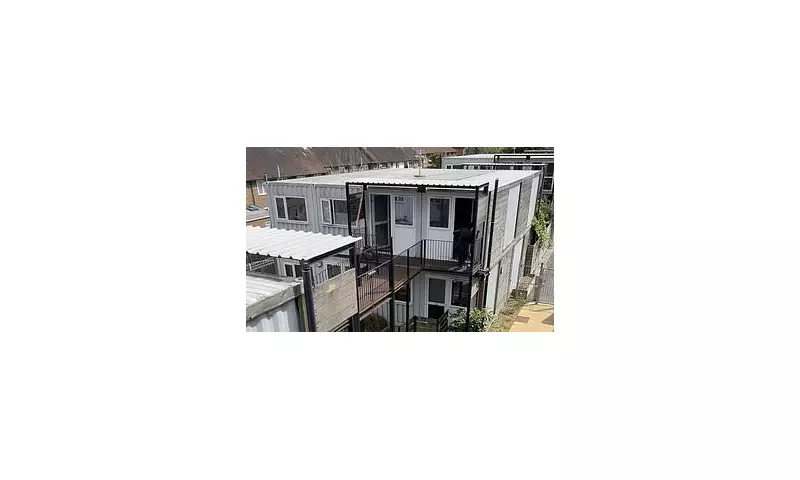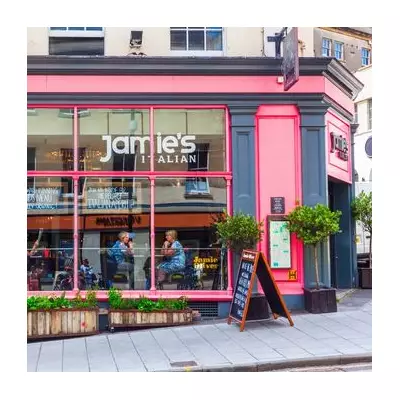
In a dramatic return to Britain's post-war housing solutions, eleven local councils across England are turning to prefabricated 'pod home' estates to tackle the dual crises of rising homelessness and migrant accommodation pressures. This radical approach marks a significant shift in how authorities are addressing the nation's growing housing emergency.
The Prefab Solution Returns
Modern prefabricated housing estates are emerging as a temporary fix for councils struggling with overwhelmed temporary accommodation systems. These compact, factory-built units offer a faster and potentially more cost-effective alternative to traditional housing construction methods that have failed to keep pace with demand.
Why Councils Are Embracing Pod Homes
Several factors are driving this architectural revival:
- Rapid deployment: Prefab homes can be assembled in weeks rather than years
- Cost efficiency: Lower construction costs compared to traditional builds
- Flexible locations: Can be installed on temporary sites while permanent solutions are developed
- Basic amenities: Provide essential living facilities for those in immediate need
The Scale of the Challenge
Local authorities face unprecedented pressure on multiple fronts. Record numbers of homeless families require temporary accommodation while asylum seeker backlogs continue to strain council resources. The traditional hotel and B&B accommodation model has proven both expensive and inadequate for long-term needs.
Beyond Temporary Fixes
While pod homes offer immediate relief, housing experts caution that they represent a stopgap measure rather than a permanent solution. The deeper issues of affordable housing shortages and inadequate social housing construction require comprehensive, long-term strategies that address root causes rather than symptoms.
This return to prefabricated housing echoes Britain's post-World War II approach, when thousands of temporary prefabs helped house families displaced by bombing. Today's version features improved insulation, modern amenities, and more sophisticated designs, but serves a similar emergency purpose in a nation once again grappling with housing shortages.




